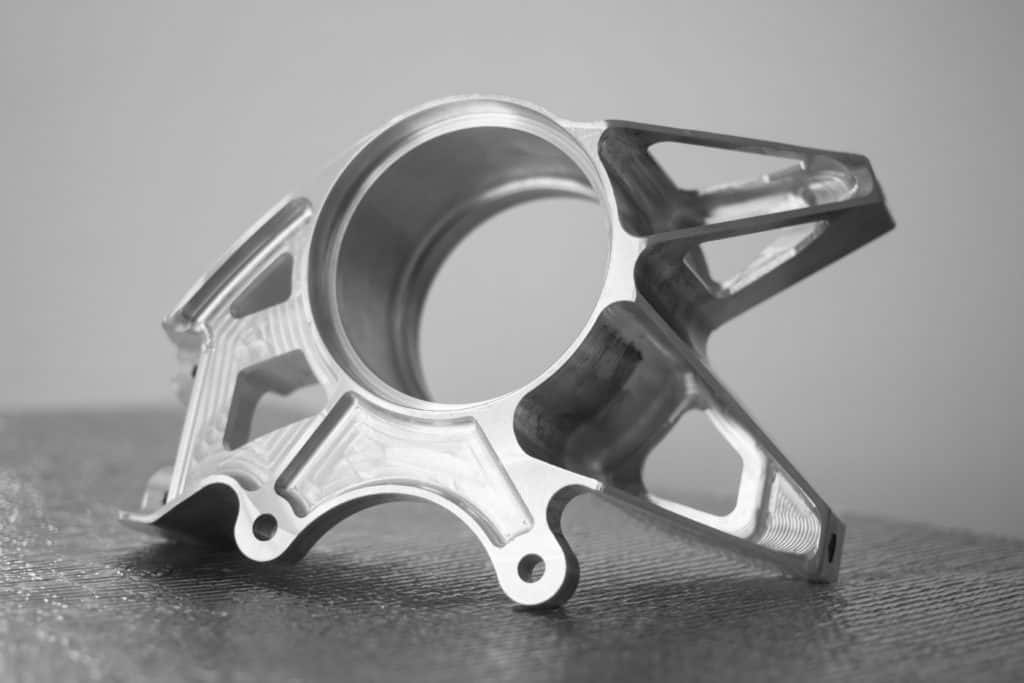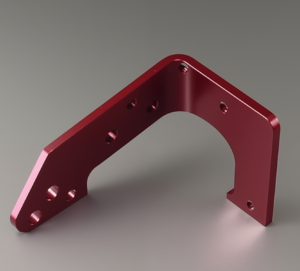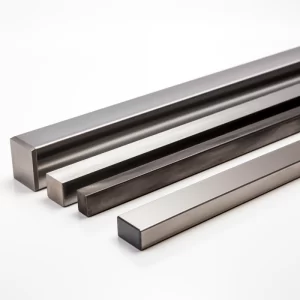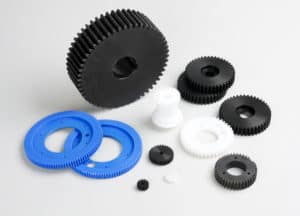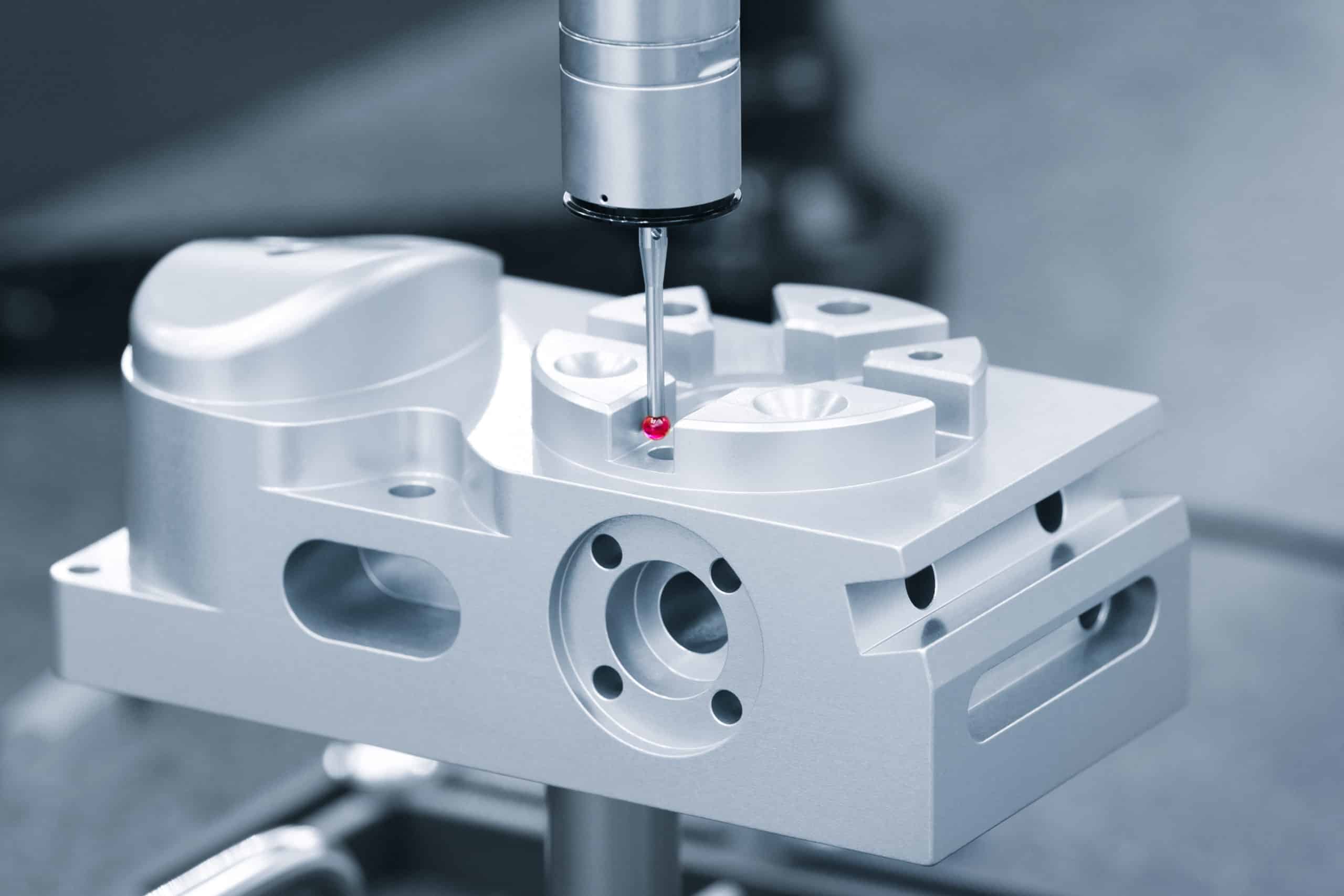Wondering if aluminum is hard to cut? You’re in the right place. Our expert guide will clear up any confusion and provide the necessary knowledge.
Cutting aluminum is not inherently hard; it depends on the alloy type, tool selection, and cutting conditions. Proper tools and techniques make the process smoother.
Dive deeper into the world of aluminum cutting with us. Discover the factors that affect its difficulty and learn the best practices for efficient cutting.
Table of Contents
Why Discuss Aluminum Cutting?
Aluminum cutting is vital because it intersects with manufacturing efficiency, innovation, and sustainability. This metal’s extensive use across industries—from aerospace to everyday consumer products—highlights the need for precision in its fabrication.
Efficient cutting techniques can lead to significant advancements in design and production, reduce waste, and lower costs, aligning with economic and environmental objectives.
Moreover, exploring aluminum cutting opens discussions on technological progress, from traditional methods to advanced laser and waterjet cutting, showcasing the evolution of manufacturing practices. Understanding how to navigate the challenges of cutting aluminum is essential for optimizing its use in various applications.
What's unique about aluminum?
Aluminum‘s uniqueness lies in its exceptional blend of properties:
1. Lightweight: It’s about one-third the density of steel or copper, ideal for reducing weight in automotive and aerospace industries for better fuel efficiency.
2. Strength: Certain alloys offer strength comparable to steel, enhanced through heat treatment, suitable for various stress-bearing applications.
3. Corrosion Resistance: Naturally, it forms a protective oxide layer, making it durable for construction and consumer goods.
4. Conductivity: Excellent electrical and thermal properties make it a top choice for electrical lines and heat exchange systems, often substituting for copper.
5. Recyclability: Can be recycled indefinitely without losing quality, supporting sustainable development by reducing environmental impact.
These features make aluminum a versatile and environmentally friendly material for numerous applications.
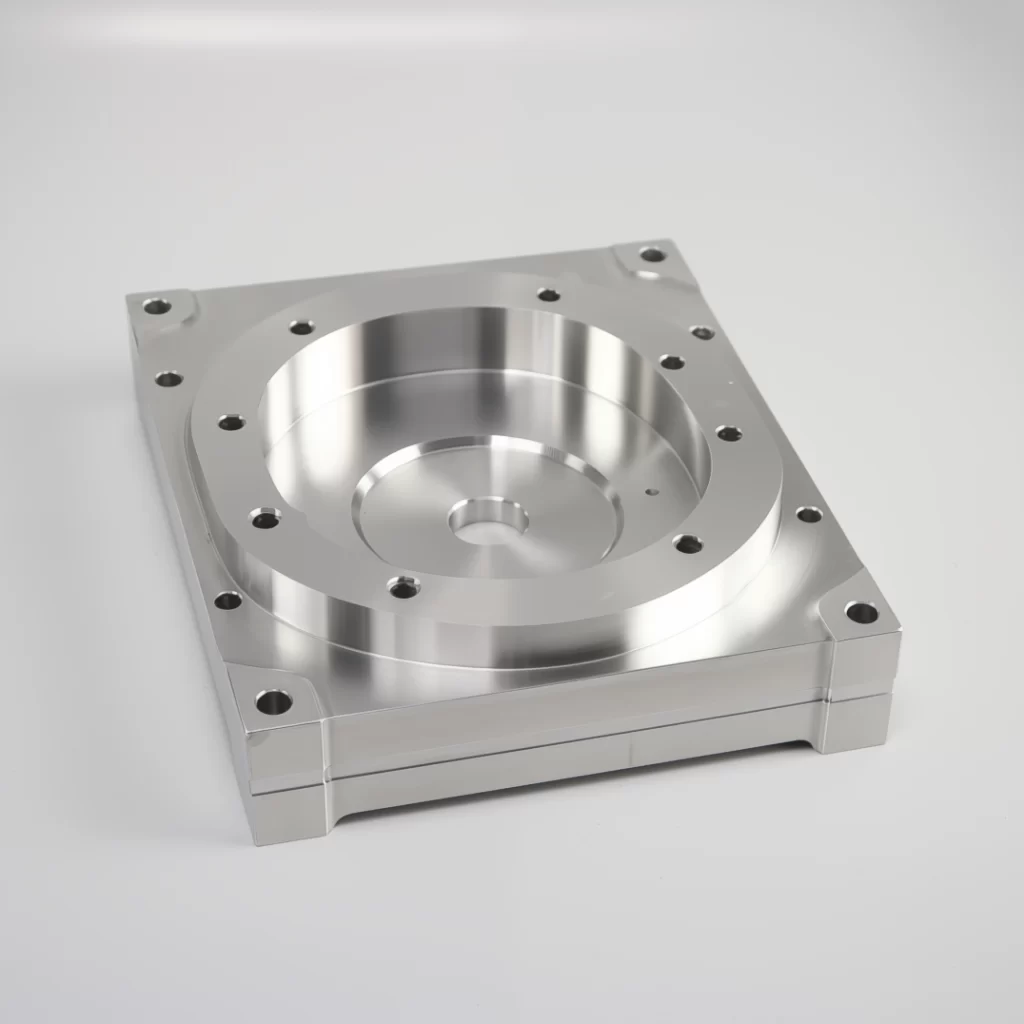
How does alloy type affect cutting?
The cutting process for aluminum, particularly when dealing with aluminum sheet metal or aluminum plates, is significantly influenced by the specific alloy, impacting the choice of metal cutting blade and the overall approach. Let’s explore how different aluminum alloy series affect the process:
1. 1xxx Series (Pure Aluminum): These alloys are relatively soft, making it easier to cut aluminum sheet metal with the right tools, such as a circular saw equipped with a carbide-tipped blade. The excellent ductility of sheet aluminum from this series requires a flat surface and a straight edge to ensure straight cuts.
2. 3xxx Series (Aluminum-Manganese Alloys): Working with aluminum sheets from this series might necessitate a metal cutting blade designed for non-ferrous metals. Tools like tin snips or a circular saw blade can be used, keeping in mind to cut slowly for a smoother cut and to wear safety glasses for protection.
3. 5xxx Series (Aluminum-Magnesium Alloys): Cutting aluminum plate from the 5xxx series may require more robust power tools, such as table saws or angle grinders with carbide blades, due to their work-hardening properties. A lubricant can help achieve a clean cut and extend the life of the blade.
4. 6xxx Series (Aluminum-Magnesium-Silicon Alloys): For these alloys, a circular saw with a carbide-tipped blade is effective for making quick cuts in aluminum sheets. It’s important to use clamps to secure the material and ensure accurate cuts, whether working on a saw table or with hand tools.
5. 7xxx Series (Aluminum-Zinc Alloys): Among the toughest to cut, aluminum pieces from this series benefit from specialized metal cutting services like water jet cutting for precise cuts without adding stress to the material. When using circular saws or table saws, selecting the right blade and adjusting the cutting speed are crucial for cutting aluminum sheet metal effectively.
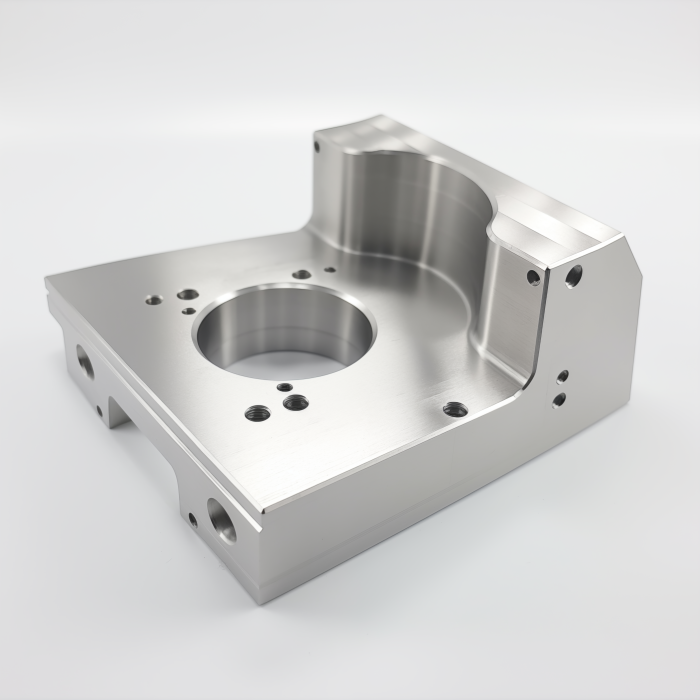
Why pick specific tools for aluminum?
Regardless of the alloy, achieving a clean cut in aluminum requires correct hand tools or power tools, appropriate blades—often carbide-tipped for durability—and safety measures like wearing safety goggles and hearing protection.
For detailed work, such as cutting curves or small pieces, jig saws or tin snips might be preferred for their ability to handle intricate cuts. Always approach the cutting process with the right safety gear, including long-sleeved shirts and safety glasses, to protect against metal shavings and noise.
In summary, cutting aluminum, whether sheet metal or plate, requires a careful selection of tools—circular saws, table saws, angle grinders—and techniques. Smaller diameter blades, straight edges for guidance, and proper lubrication can all contribute to achieving straight, accurate, and clean cuts in your next project, ensuring a successful job with aluminum.
What's the role of speed and feed rate?
The speed and feed rate are pivotal in cutting aluminum, directly influencing cut quality and tool longevity:
- Cutting Speed: This determines how quickly the blade or tool moves through the aluminum, which is crucial for efficiently cutting materials like aluminum sheet metal. An optimal speed ensures a clean cut without overheating, which can roughen edges or melt the aluminum. Tools like circular saws with carbide-tipped blades need the right speed to slice smoothly through different aluminum alloys.
- Feed Rate: This indicates the speed at which aluminum is fed into the blade, affecting how much material each blade tooth removes. Correct feed rate ensures smooth, precise cuts in aluminum sheets or plates, avoiding tool wear and material damage. For instance, a circular saw cutting aluminum requires careful feed rate adjustment to balance between quick, clean cuts and blade longevity.
Adjusting speed and feed rate for the specific aluminum type and desired finish is key—whether cutting flat sheets, thicker plates, or achieving straight, accurate cuts. Tools should be chosen with these parameters, such as using carbide-tipped blades for their durability and the capability to handle various cutting speeds and feed rates.
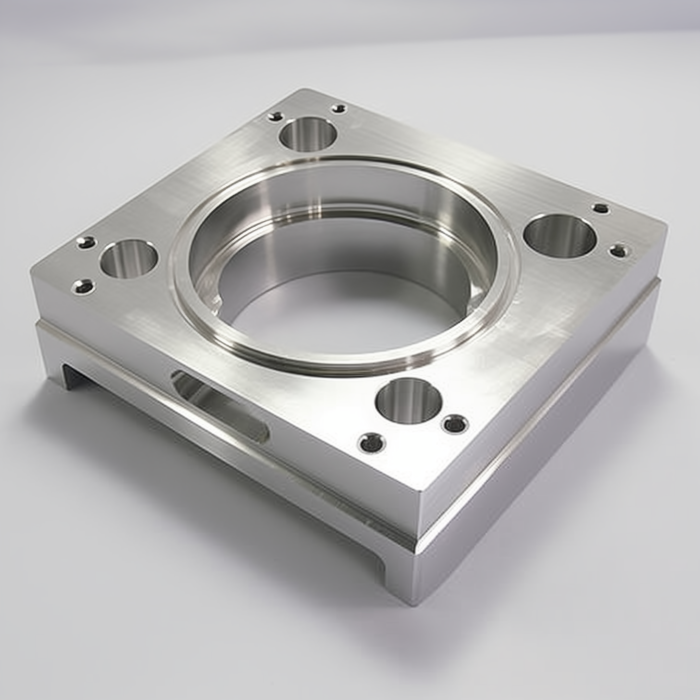
How many aluminum cutting methods?
Cutting aluminum involves various methods, each suited to specific project needs, from precision cuts in aluminum sheet metal to handling thicker aluminum plates.
1. Manual Cutting: For a straight cut on smaller jobs, hand tools like tin snips and hacksaws are effective, especially when working with aluminum sheets or thin aluminum sheets. Correct hand tools, along with safety measures like wearing a long-sleeved shirt, are essential.
2. Mechanical Cutting: Power tools such as table saws with carbide-tipped blades are versatile for cutting aluminum sheet metal and plates. Using a clamp to secure the aluminum can ensure a stable cutting process. This method suits straight cuts and cutting metal into two pieces or curved shapes.
3. Milling: Ideal for precise jobs on aluminum sheets and plates, where a blade removes material to shape the aluminum. Lubricant can help smooth the cutting process.
4. Laser Cutting and Water Jet Cutting: These services offer high precision for cutting aluminum sheets into complex shapes or thick aluminum plates without the heat impact of other methods, preserving the metal’s properties.
5. Plasma Cutting: Fast for cutting thick aluminum plates, using a plasma blade for intense jobs, though less precise than laser or water jet.
6. Shearing: Efficient for making straight cuts across large aluminum sheets, using a blade to slice the metal into smaller sections.
7. Routing: Utilizes specialized tools to cut aluminum sheets, particularly for intricate curves and designs, requiring specific blades and clamps for stability.
Each cutting method requires specific tools, blades, and considerations, such as using carbide-tipped blades for durability and applying lubricant to ease the cutting process. Choosing the right technique depends on the aluminum form—whether sheet, plate or another shape—and the project’s requirements, ensuring a clean cut and successful completion.
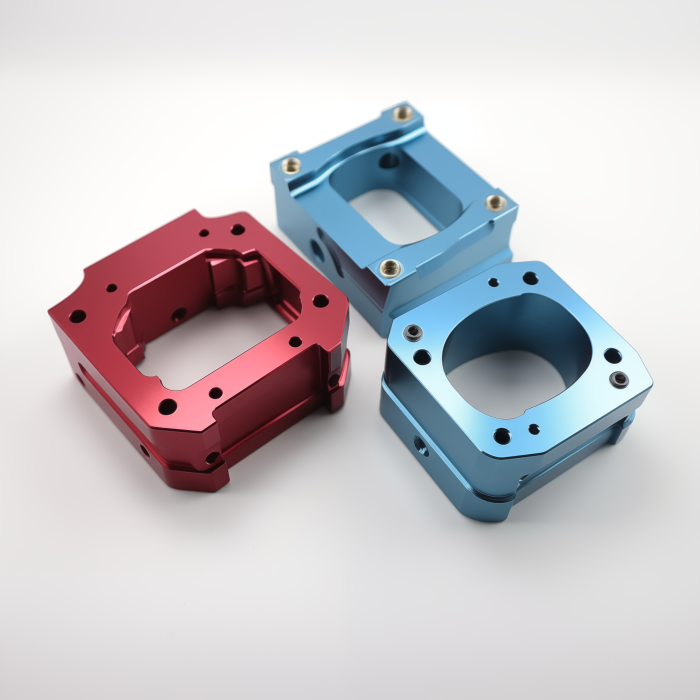
When to use coolants?
Using coolants in the aluminum cutting process is crucial for:
1. High-Speed Cutting: To dissipate heat and prevent blade overheating and aluminum deformation, especially with table saws.
2. Complex Cuts: For smoother, precise cuts in intricate shapes or detailed work on aluminum sheets or plates.
3. Thick Material: Helps manage the heat from cutting thick aluminum plates, reducing tool wear and material warping.
4. Long Cutting Sessions: Maintains tool temperature, preserving performance and extending tool life during prolonged use.
5. Specific Tools: Essential for carbide-tipped blades and other metal cutting tools to keep them in optimal condition.
6. Quality Control: Minimizes burrs and ensures a smoother finish, reducing post-processing work.
Coolants are key for efficient, precise cutting protecting tools and materials across various aluminum scenarios.
What are the Best practices for smooth cuts?
To ensure smooth cuts in aluminum, focus on precision and preparation.
Choose a carbide-tipped blade designed for non-ferrous metals, matching the tooth count to the material’s thickness for a cleaner finish.
Utilizing coolants or lubricants can prevent friction, protect the blade, and improve cut quality. Securely clamping the aluminum prevents movement, ensuring accuracy.
Adjusting tool settings, like cutting speed and feed rate, according to aluminum thickness optimizes the cutting conditions. For thicker materials, gradual, multiple passes are preferable to a single deep cut, reducing tool strain and improving the finish.
Keeping your workspace clean avoids inaccuracies, while wearing safety gear, such as glasses and masks, protects against hazards.
Regularly maintaining your tools, especially sharp blades, is crucial for quality and safety. This approach combines careful tool choice and methodical cutting practices for superior results in aluminum projects.
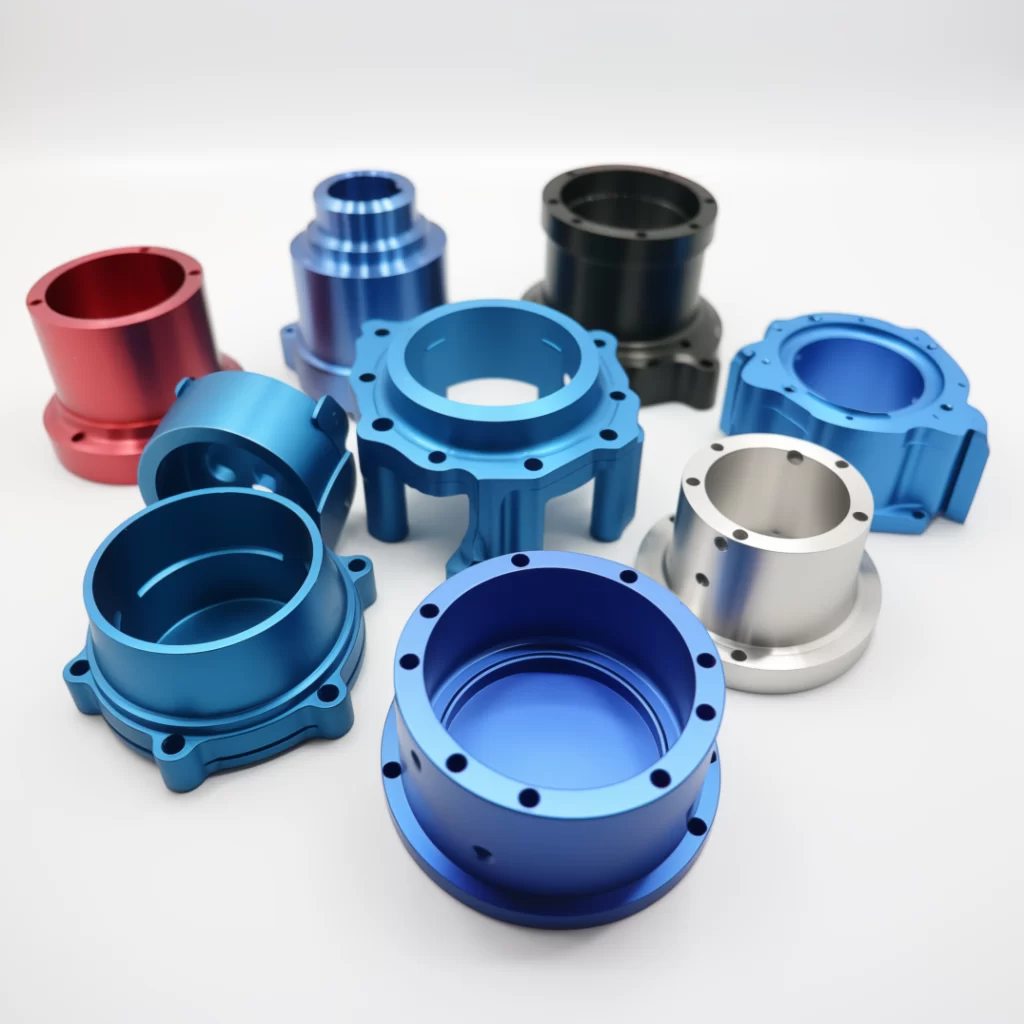
Conclusion
In conclusion, achieving clean and smooth cuts in aluminum requires combining the right tools, techniques, and safety practices. Key steps include opting for carbide-tipped blades that match the aluminum’s thickness, employing coolants to minimize heat and friction, and securing the aluminum firmly. Adjusting your cutting approach based on material thickness and maintaining a clean workspace enhance precision.
Safety precautions, including protective gear and regular tool maintenance, are essential to prevent injuries and ensure the longevity of your equipment. By adhering to these best practices, you can efficiently cut aluminum, achieving professional-grade results in your projects with confidence and safety.
Frequently Asked Questions
The best tools for cutting aluminum include carbide-tipped blades for circular saws, band saws with bi-metal blades, and CNC machines for precision work. High-speed steel (HSS) end mills and carbide-tipped router bits are also effective for milling and routing aluminum.
Yes, laser cutters can be used to cut aluminum, but it requires a high-power laser and careful settings adjustments. Fiber lasers are particularly effective for cutting thin aluminum sheets due to their high precision and speed.
Safety precautions for cutting aluminum include wearing protective eyewear, gloves, and hearing protection. Ensure proper ventilation to avoid inhaling aluminum dust, and always use equipment with safety guards and emergency stop features.
To prevent aluminum from clamping onto the cutting tool, use sharp tools with appropriate cutting angles and apply a lubricant or cutting fluid to reduce friction and heat buildup. Additionally, choosing tools with coatings designed for aluminum can help minimize material adhesion.
Achieving a clean cut in aluminum involves using sharp, properly maintained tools, applying the correct feed and speed rates, and using a suitable coolant or lubricant. Multiple passes at increasing depths may produce cleaner results for thicker aluminum than a single deep cut.
